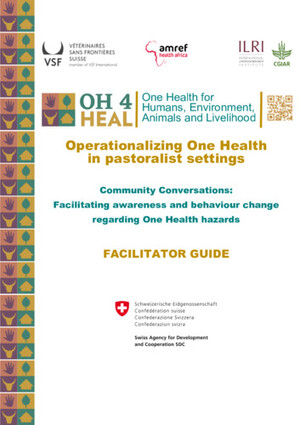
Seasonality of viral encephalitis and associated environmental risk factors in Son La and Thai Binh provinces in Vietnam from 2004 to 2013
Abstract
In Vietnam, Japanese encephalitis virus accounts for 12–71% of viral encephalitis (VE) cases followed by enteroviruses and dengue virus among identified pathogens. This study is the first attempt to evaluate the seasonality of VE and associated environmental risk factors in two provinces from 2004 to 2013 using a seasonal trend-decomposition procedure based on loess regression and negative binomial regression models. We found seasonality with a peak of VE in August and June in Son La and Thai Binh, respectively. In Son La, the model showed that for every 1°C increase in average monthly temperature, there was a 4.0% increase in monthly VE incidence. There was a gradual decline in incidence rates as the relative humidity rose to its mean value (80%) and a dramatic rise in incidence rate as the relative humidity rose past 80%. Another model found that a 100 mm rise in precipitation in the preceding and same months corresponded to an increase in VE incidence of 23% and 21%, respectively. In Thai Binh, our model showed that a 1°C increase in temperature corresponded with a 9% increase in VE incidence. Another model found that VE incidence increased as monthly precipitation rose to its mean value of 130 mm but declined gradually as precipitation levels rose beyond that. The last model showed that a monthly increase in duration of sunshine of 1 hour corresponded to a 0.6% increase in VE incidence. The findings may assist clinicians by improving the evidence for diagnosis.
Citation
Hu Suk Lee, Hung Nguyen-Viet, Lee, M., Phuc Pham Duc and Grace, D. 2017. Seasonality of viral encephalitis and associated environmental risk factors in Son La and Thai Binh provinces in Vietnam from 2004 to 2013. American Journal of Tropical Medicine and Hygiene 96(1):110-117.










